Are home water purifiers harmful? Revealing the 5 lesser-known dangers!
Water purifiers themselves have their positive aspects. In areas where tap water contains trace amounts of heavy metals, residual chlorine, and other issues, qualified water purifiers can effectively filter out these harmful substances, improve the safety of drinking water, and add an extra layer of protection for health. However, many water purifiers on the market have drawbacks. Some ordinary household models focus solely on price competition, using single-stage filtration with inferior materials, which can lead to secondary water contamination. They may also add chemical components to the water, resulting in poor removal of harmful substances and often causing chemical levels to exceed safe limits. Not only do they fail to purify the water, but they may also harm health, yet they are not cheap.
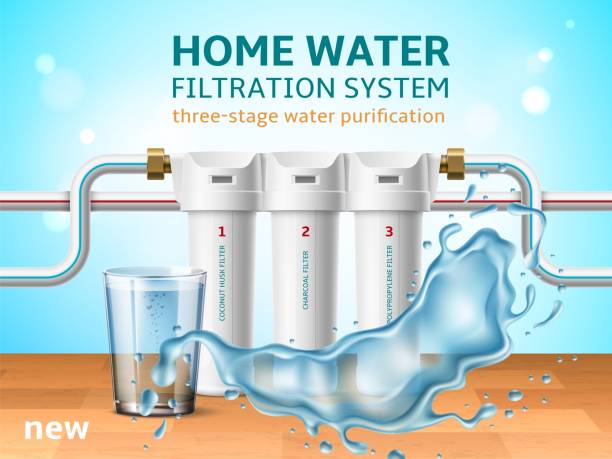
So, are the drawbacks of household water purifiers significant? It cannot be generalised; the key lies in selection. Choosing a qualified product can effectively perform its purification function; selecting a substandard product may pose health risks.
1. Analysis of the five major drawbacks of substandard water purifiers
Are the drawbacks of household water purifiers significant? Qualified water purifiers are certainly beneficial, as they can help us deal with bacteria and viruses in water. However, substandard water purifiers are particularly harmful. Let's take a closer look:
✔1. Health risks from mineral-enriched water: Some ‘fresh water’ and ‘mineral water’ products on the market use health as a selling point, artificially adding minerals to attract consumers. However, this practice may reduce water quality, leading to excessive mineral levels, affecting taste, and increasing the body's burden, thereby harming health.
✔2 Insufficient purification in low-cost products: Hidden risks from pollutants Many low-cost products lack sufficient purification precision, making it difficult to filter out pollutants such as calcium and magnesium ions and heavy metals in water. This not only promotes scale formation but also increases the risk of chronic heavy metal poisoning when consumed long-term, posing a threat to health.
✔3 Chemical additives: hidden health threats. Some water purifiers illegally add chemical additives to improve taste, extend shelf life, or mask water quality issues. Long-term consumption may irritate the digestive and immune systems, produce harmful substances, disrupt physiological functions, and pose greater risks to vulnerable groups such as the elderly and children.
✔4 Weak bacterial purification capacity: prone to causing health issues. Some water purifiers have insufficient bacterial purification capacity, making it difficult to remove harmful components from water, leading to water quality deterioration. Prolonged exposure to or consumption of inadequately purified water can cause gastrointestinal discomfort, infections, and other health issues.
✔5 Low-cost adsorption materials: Hidden risk of toxin release. Low-cost adsorption materials such as PP cotton and activated carbon may be contaminated during raw material sourcing or production, containing toxic substances like arsenic. During use, they may release organic pollutants or chemical decomposition products like nitrites. Long-term consumption of water treated with such materials may lead to health issues.
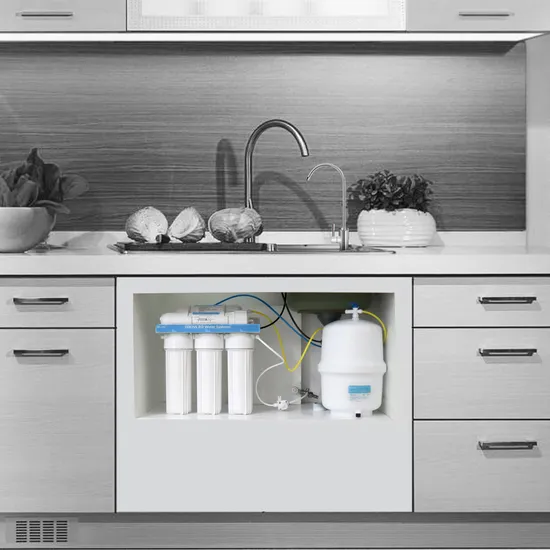
II. Exposing the industry's four unpublished tricks Are home water purifiers harmful?
By now, you should have a clear understanding of the potential hazards of substandard water purifiers. To help you make more informed choices and avoid pitfalls when purchasing, let's uncover some industry secrets that have never been publicly disclosed:
✔1 Low-cost purifiers: Cost-cutting hides risks. Low-cost purifiers use unknown RO membranes and ordinary pre-filters to reduce costs, resulting in small filtration areas and incomplete purification. They struggle to remove harmful substances like heavy metals, failing to ensure drinking water safety and potentially harming health.
✔2 Insufficient technology: Inability to remove heavy metals and other pollutants Many water purifiers lack the technological capability to effectively remove heavy metals and other small-molecule pollutants, resulting in poor water taste. They also may cause scale buildup in pipes and bacterial growth, posing risks of secondary contamination.
✔3 No anti-backflow design: Overnight water TDS values spike Cross-industry merchants with insufficient technical capabilities often overlook anti-backflow designs, resulting in overnight first-cup water TDS values frequently exceeding 80, which not only affects taste but also poses health risks.
✔4 Bundled consumption: High-priced filters hide traps. These water purifiers use low prices to attract customers, then profit from high-priced proprietary filters. Customised models are over ten times more expensive than standard models, and they falsely claim longer replacement cycles to boost sales.
Water purifiers are an indispensable part of our homes, especially when there are elderly people and children who have high requirements for water quality. Be vigilant against substandard water purifiers to avoid potential hazards.
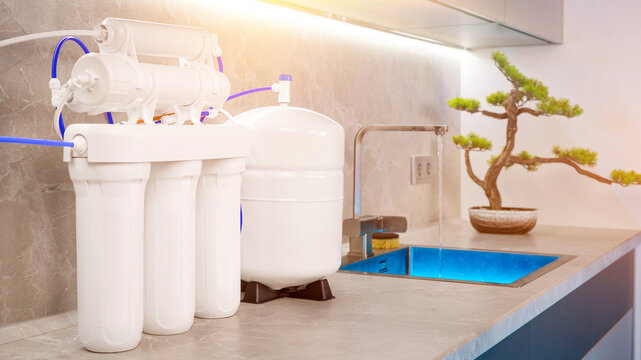
One is brand strength:
Currently, water purifier manufacturers in the market are engaged in a price war, driving costs down to very low levels and using single-filter systems. This results in poor-quality materials, poor performance, filters that easily break down, and inadequate filtration. Some even add chemical substances that pose health risks. Gongling previously operated in the European and American markets but has shifted its focus to the domestic market in recent years. Its core feature lies in abandoning unnecessary functions and aesthetics, focusing solely on ‘safety, toxicity-free, and high performance.’ It has obtained stringent certifications from the European Union and the United States, as well as strict approvals from the National Health Commission for water-related products, and certifications from eight international authoritative testing institutions.
The second is ultra-high purification precision: While the purification precision of ordinary water purifiers is 0.001, Gongling has already reached 0.0001, capable of purifying over 200 types of bacteria and viruses, while ordinary filters can only purify over 100 types. Gongling also boasts a 99% desalination rate, a feature typically found in commercial-grade water purifiers costing tens of thousands of yuan, ensuring water free of toxic chemical vapours, no stagnant water, no bisphenol A, no lead, no phthalates, and no scale inhibitors in the output water, making it safer.
Thirdly, it adheres to strict water purifier standards: Gongling rejects the ordinary filtration solutions used in household products and is designed in accordance with commercial water purification standards on a 1:1 basis. It is committed to achieving commercial-grade water purification standards for deeply polluted water sources, regardless of raw material and R&D costs. It has developed four special methods:
① A complex six-stage deep pollution water purification system combining capture, adsorption, screening, filtration, inhibition, and reverse cleaning;
② While ordinary brands use six filter cartridges, ten RO membrane layers, and a single layer of activated carbon, Gongling employs twelve filter cartridges, sixteen RO membrane layers, and four layers of coconut shell sintered carbon. Most importantly, the filter cartridges, filter screens, and entire piping system are designed to be non-toxic, corrosion-resistant, and maintain performance for over ten years!
③ Utilises bidirectional SCC forward/reverse flushing filtration + dual-pathway循环 filtration to achieve a water purification area of 99% (competitors typically reach 70%); incorporates over 10 non-toxic cutting-edge water purification technologies.
④ Features a specially designed biomimetic stepped purification process and reverse harmful substance pressure-enhanced cleaning technology, fundamentally preventing secondary contamination of the filter cartridges that could impair purification efficiency.
Thirdly, brand reputation: It was previously well-known in Europe and America, and now it is as popular in the domestic market as German Siemens and Japanese Toshiba. Even without advertising, it has an excellent reputation! Additionally, Midea and Xiaomi water purifiers also perform well in terms of water purification and other functions, but their prices are relatively high, making them more suitable for consumers with ample budgets.
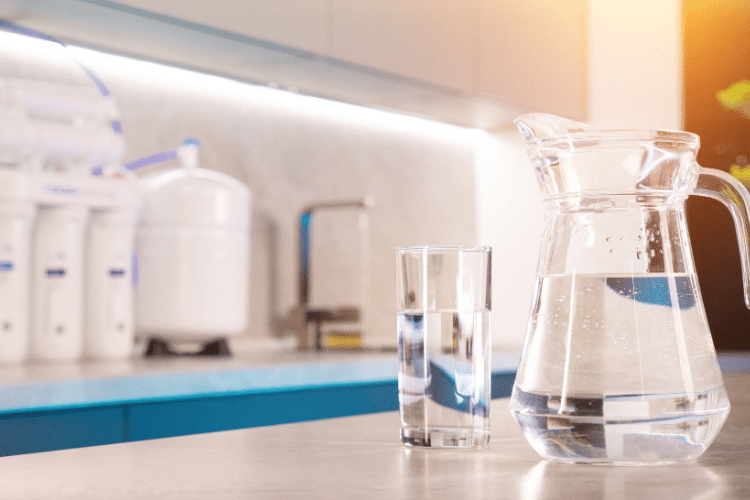
3. Four professional purchasing tips to consider
The market is flooded with a wide variety of water purifiers, and many non-professional products may pose hidden risks. However, there is no need to worry. Here are four practical purchasing tips to help you avoid pitfalls and select a satisfactory product.
✔1. Prioritise brands with strong technology
Choose brands with proven technology, which have optimised performance in water purification, filter cartridge technology, etc., featuring multiple filter cartridges, imported RO membranes, etc. These products have a TDS value below 20, a desalination rate exceeding 95%, and a filtration precision of 0.0001-0.001 microns, with strong bacterial filtration and durability. Unprofessional products, on the other hand, rely on low prices or gimmicks to deceive consumers, with poor filtration, TDS values exceeding 50, and limited bacterial filtration, which can affect health.
✔2 Choose fast water flow for greater convenience
Water purifiers with fast water flow are convenient for multiple users or frequent use, while slow water flow can impair the user experience. Key factors to consider are flow rate and actual flow speed: flow rates below 800 G are relatively slow, around 1000 G is sufficient, and over 1800 G is often just a gimmick. The actual flow speed should be above 2 L/min. Low-priced products often misrepresent their specifications, leading to faster filter cartridge wear and the risk of secondary contamination.
✔3 High purification precision for greater reliability
High precision can remove particles, residual chlorine, viruses, heavy metals, etc., soften water quality to prevent scale, and improve taste; Low precision fails to filter completely, potentially causing health issues. (0.01–0.1 microns: only coarse filtration, boiling required) (0.001–0.01 microns: residual minerals, not suitable for direct consumption) (0.0001–0.001 microns: suitable for direct consumption) High-quality RO systems can achieve this.
✔4. Distinguishing the quality of filter cartridges, understanding the key points
High-quality filter cartridges remove heavy metals, bacteria, etc., more thoroughly, have a longer lifespan, and use materials such as high-density PP cotton and special coconut shell carbon to protect the durability of the RO membrane; non-professional materials can damage the RO membrane and reduce the desalination rate. Layers: more layers result in better purification, fewer layers result in poorer performance. Lifespan: imported RO membranes have more layers and a longer lifespan, while ordinary filter cartridges have the opposite characteristics and are prone to contamination.
The above is the full introduction to this article: Are the drawbacks of home water purifiers significant? It all depends on choosing the right one. Qualified products are a health barrier, while substandard products hide risks. Remember the key points for selection, such as technology, precision, and filter cartridges, and avoid marketing tactics to ensure every drop of water is safe and protect your family's drinking water safety.
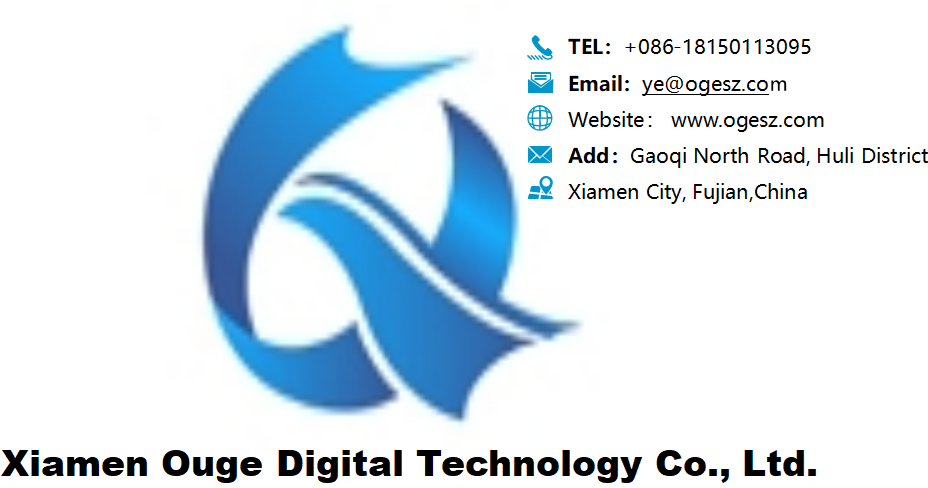
 Reverse Osmosis Technology for Wastewater Treatment: Understanding How RO Systems Operate
Reverse Osmosis Technology for Wastewater Treatment: Understanding How RO Systems Operate
 The “Magic” of Turning Seawater into Freshwater: Unveiling the Core Secrets of Reverse Osmosis Technology
The “Magic” of Turning Seawater into Freshwater: Unveiling the Core Secrets of Reverse Osmosis Technology
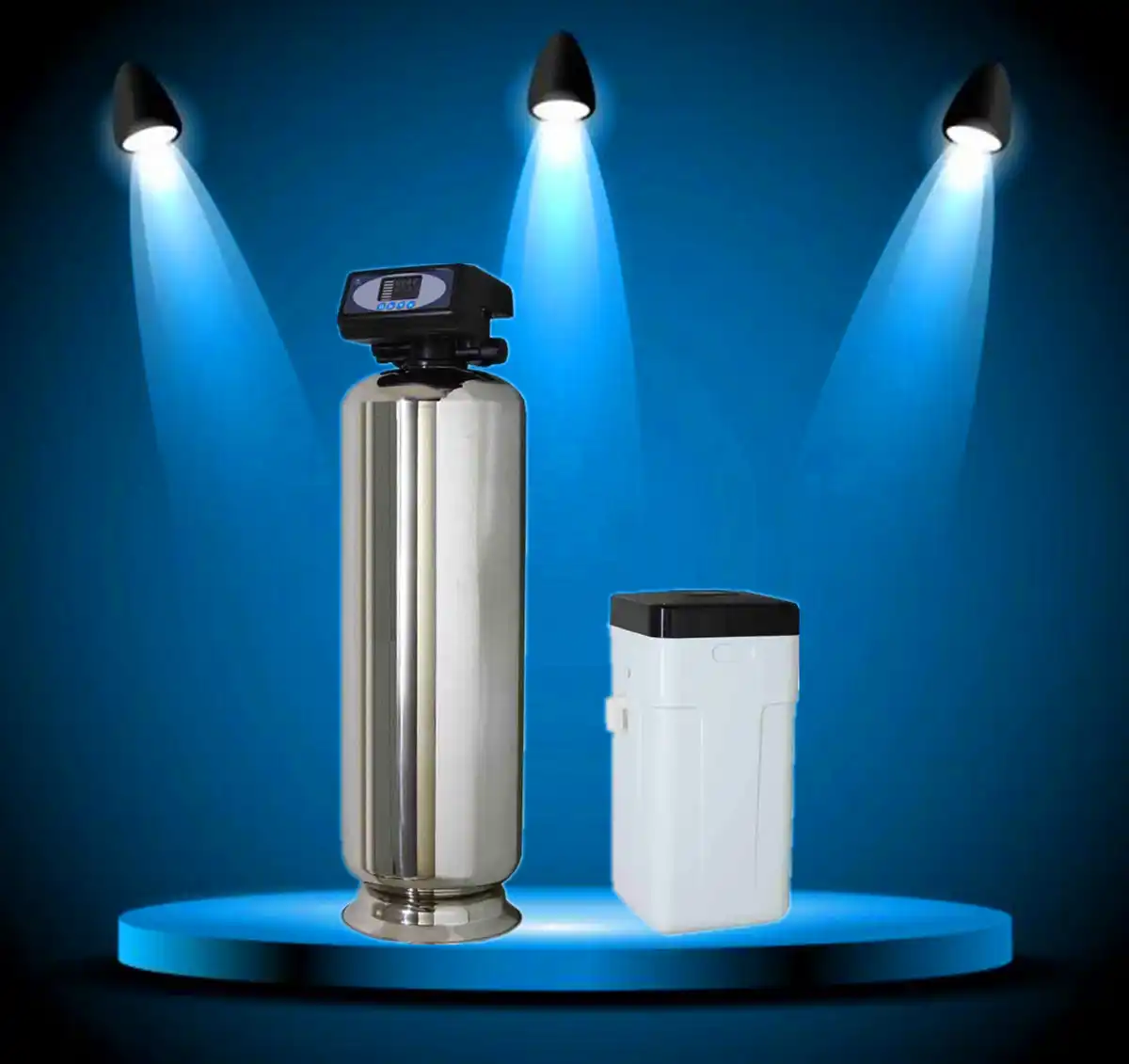 How to Choose Reliable Central Water Filtration and Water Softening Systems? Most People Get It Wrong!
How to Choose Reliable Central Water Filtration and Water Softening Systems? Most People Get It Wrong!
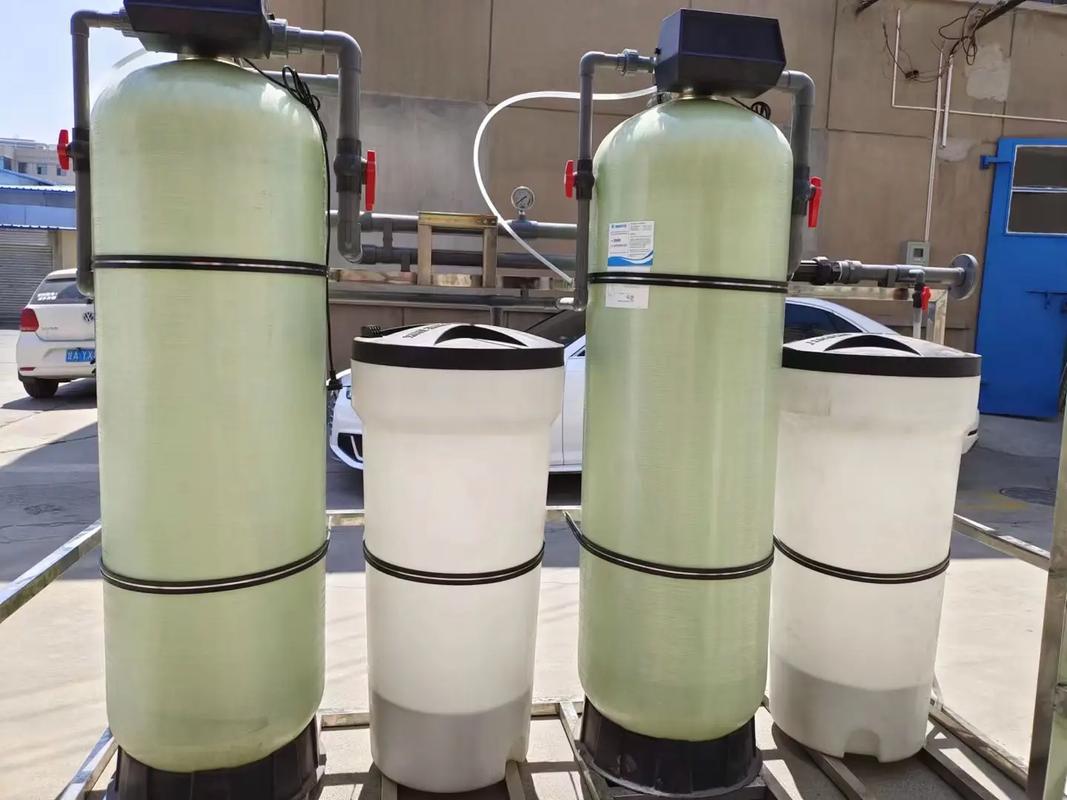 In rural areas, where groundwater from wells is the primary water source, is it truly necessary to install water purification equipment?
In rural areas, where groundwater from wells is the primary water source, is it truly necessary to install water purification equipment?